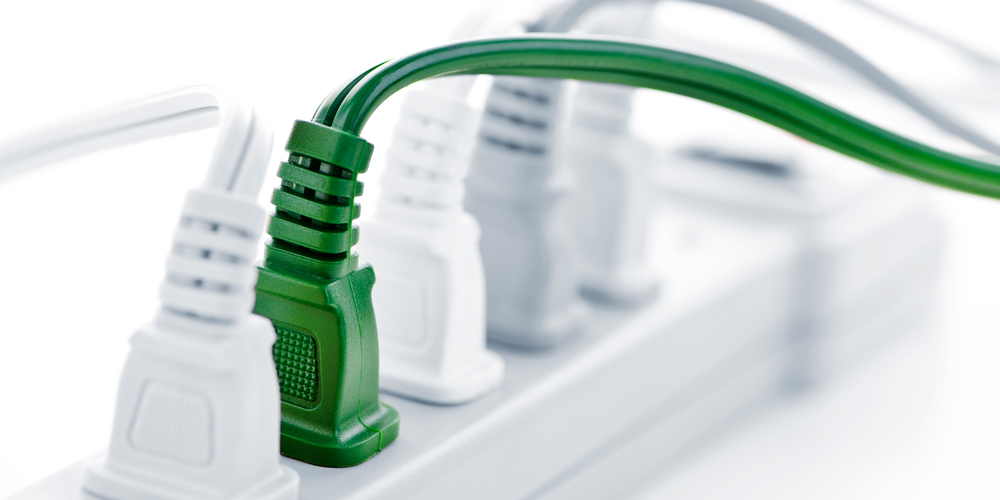Picture a person living alone who consumes 8,000 US Gallons of water a month; Then picture a fire hydrant used by the firemen when putting a fire out in a small shed, that took a few hours, used exactly 8,000 US Gallons of water.
Similarly in an industrial building, two adjacent facilities may consume the same amount of kWh of electricity every month, except that factory 'A' consumes a constant amount every day and factory 'B' only operates one day a month.
While the actual consumption of Gallons and kWh is exactly the same in both cases, which one costs more?
This is how we can explain demand; the infrastructure required to deliver the amount of water, or the amount of energy required is very different. In the first case, a ½” diameter pipe can deliver the water, in the other one, an 8” diameter pipe is required. Similarly, when it comes to electricity, a larger feeder and a larger transformer will be required to deliver the power in the latter case.
Demand or what a customer contracts with the utility as demand, is equivalent to the maximum power required at any time. It's the energy or service provider's responsibility to install a properly sized feeder to deliver that amount of power whenever required. The infrastructure cost to provide for the need is high and increases as demand increases.
This is one of the reasons electric utilities apply a demand charge to most commercial and industrial bills. When it comes to residential units and residential buildings utilities apply ‘Time-of-Use’ (TOU) rates to encourage consumption when the demand is low.
With TOU, the price you pay depends on when you use electricity, the utility, the region, and the season of the year. There are multiple levels of TOU rates, here are some examples.
- Off-peak: When demand for electricity is lowest, typically at night between 7 pm - 7 am on weekdays and during weekends and holidays.
- Mid-peak: When demand for electricity is moderate, typically weekdays from 11 am - 5 pm. These periods are during the daytime, but not the busiest times of the day.
- On-peak: When demand for electricity is generally higher, typically weekdays from 7 am - 11 am and 5 pm - 7 pm. These are the busiest times of day - generally when people are cooking, starting up their computers, and running heaters or air conditioners.
Peak Demand creates problems for utilities, first on the supply side; because at that point, the System Operator needs to dispatch additional generation which is required to ramp up fast, meaning that Solar and Wind are out of the question, leaving the spot to fossil-fuel-based generation. Second, the cable infrastructure that transmits and distributes that additional energy required overloads the grid, accelerating the degradation of the infrastructure.
To consumers the results are reflected on Demand Charges (Demand is measured in kW) on their bill, these charges are applied based on:
- The contracted demand, utilities apply demand charges based on the maximum amount of power that a customer used in any interval (typically 15 minutes) during the billing cycle.
- on the Coincidental Demand, utilities apply demand charges based on the amount of power a customer used during the intervals when the utility as a whole experienced a peak in demand, during the billing cycle, or
- on both
Demand Response: The lowest cost kW is the one not generated and not transmitted. For utilities or for the Electrical System Operator (Dispatcher) this means that instead of dispatching additional generation, it curtails consumption and pays for the kW curtailment as if that power was generated. For consumers is a way of monetizing an option to disconnect a load to reduce consumption. By reducing the load on the grid, a balance between demand and production is reached.
So the question remains, why is demand control important? Because it protects the overall electrical infrastructure and promotes environmental sustainability through energy management. As the growth in popularity of Electric Vehicles continues to rise, it is crucial to protect the electrical infrastructure and the grid itself. Property owners and property managers need to realize that future consumption of electricity will increase and that an EV Energy Management System is fundamental for controlling the overall building demand while protecting the building infrastructure and maintaining energy costs.


